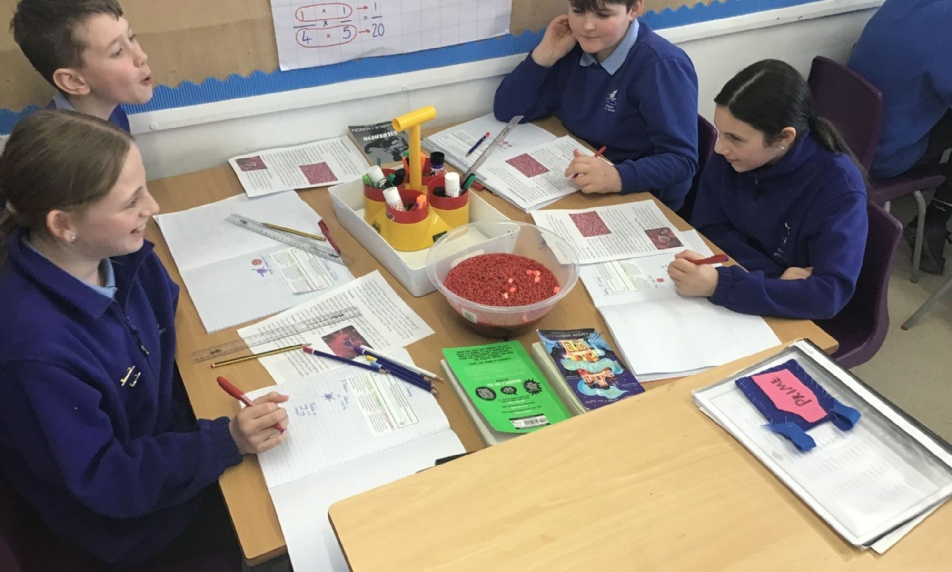Blood!

Year 6 have been learning about the components of blood. The following has been written by Hazel as part of her English lesson where the class are writing blogs:
Recently in science, we've been studying the circulatory system, which is responsible for circulating nutrients and waste throughout our bodies. On Thursday the 18th, we conducted an experiment where we created a representation of blood. Let me share with you how it went.
The 4 Components of Blood
Most things in the universe are composed of various substances, whether it's wood, plastic, or simply matter. Blood is no exception. This crucial fluid that flows through our veins consists of four main components: plasma, red blood cells, white blood cells, and platelets. Let's dive into what each of these components does.
Firstly, we have plasma, which is a yellow liquid that comprises the majority of our blood. It carries nutrients, waste, hormones, and proteins from cells. Next, we have red blood cells, which are essential for our existence because they transport oxygen from the lungs throughout the body and then carry carbon dioxide back to the lungs to be exhaled. White blood cells, on the other hand, fight off any infections or germs as soon as they try to enter the body. Lastly, platelets are responsible for clotting the blood in case of cuts or scrapes. They are the reason why scabs form!
The Blood Representation
The blood representation we made was intended to resemble blood, even if it may have looked, and smelled, revolting. To represent the plasma, we used water with a splash of yellow food colouring. For the red blood cells, we used red-dyed cheerios. Mini marshmallows symbolised the white blood cells, and raisins were used to represent the platelets.
